Submitted by Elif Merve Unsal
Would Park Avenue be "the new High Line" of New York City?
United States Architecture News - Mar 13, 2018 - 17:38 19544 views
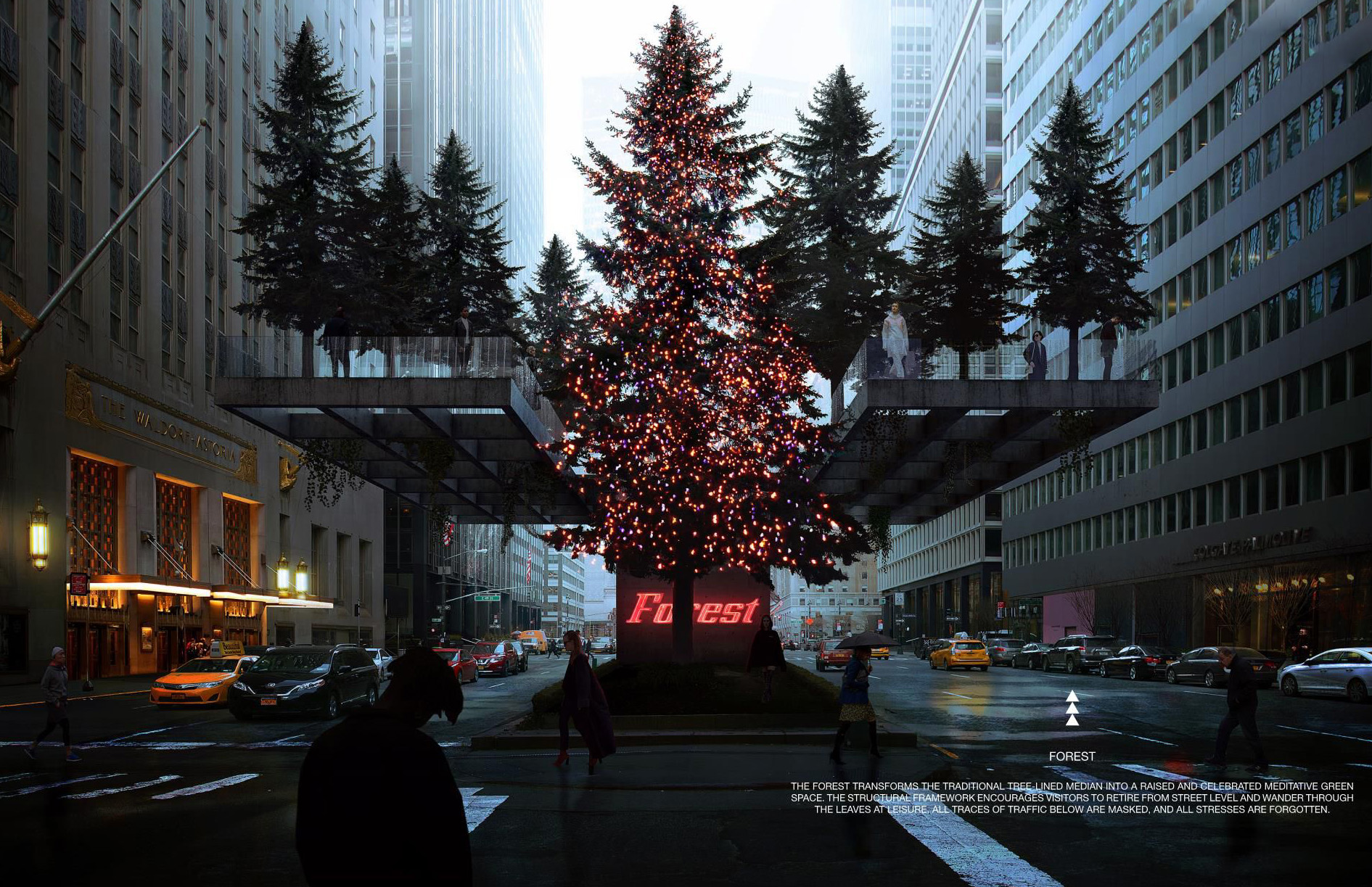
“It was great to receive so many visionary proposals. We are hoping that this contest and these creative proposals will spark a real conversation about what can be done to activate Park Avenue’s centerline for a new generation of New Yorkers and what Park Avenue can look like in the 21st century,” said Winston Fisher, one of the partners of New York real estate company Fisher Brothers who sponsored the privately-funded competition to re-envision the traditional traffic medians of the Park Avenue of the city between 46th and 57th Streets.
New York City’s Park Avenue is known for its tall buildings that are home to Fortune 500 companies beside the attractions such as St. Bart's, the Waldorf Astoria and Mies’ the Seagram Building, or Grand Central Terminal. Park Avenue ceases to be a destination point of New York City, yet.
“While Park Avenue, with its median plantings and periodic art installations, remains one of the world’s most iconic commercial boulevards, I have long believed that we can and must be far more imaginative in how we encounter and utilize such a precious urban commodity,” said Fisher Brothers Partner Winston Fisher about the competition prompt.
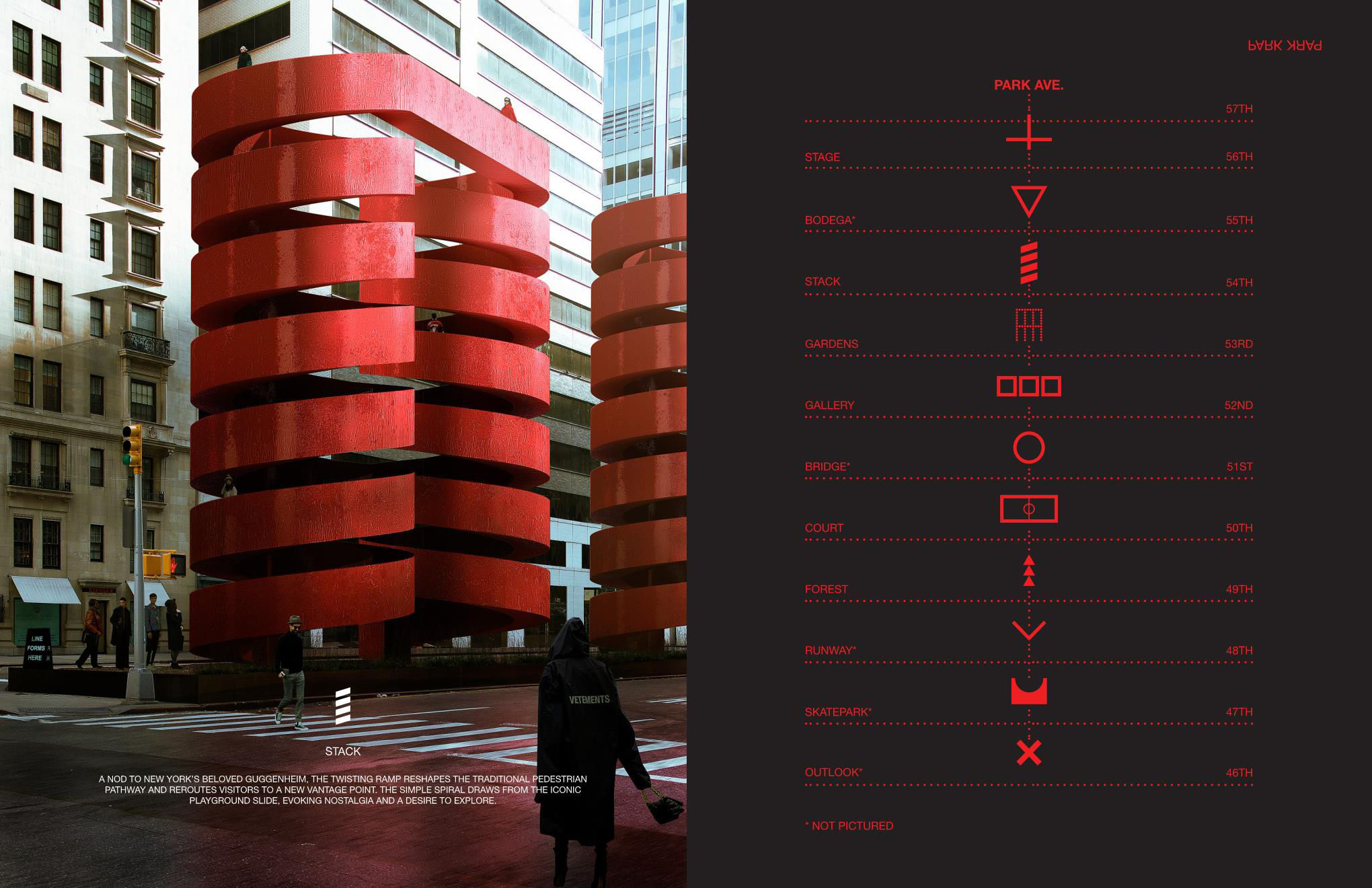
“Beyond the Centerline” competition whose goal was to foster creativity and challenge participants to think outside the box; to propose exciting ideas that have never been considered possible for the medians; and to reimagine the existing urban landscape brought about 150 entries that then the jury shortlisted to 17 finalists few weeks ago. Architects and designers have imagined ways to transform the central reservation along New York's Park Avenue for an ideas competition, including an aquarium, an Alpine mountain, a forest, a wandering river for kayaking and a plant-resembled installation.
The eight-person jury included Vishaan Chakrabarti, the founder of the architecture firm Practice for Architecture and Urbanism and a professor at Columbia University, who was also on the jury for the High Line competition.
“The point is not necessarily to create the practical idea that will get funded and built,” he said. “The point is to focus our attention on things that are right in front of us and the possibilities there are.”
The Grand Prize winner proposal - Park Park - by Maison defined itself as a series of highly specific cultural interventions designed to boldy inject new energy into Park Avenue through the use of public program “magnets”. These magnets similar to the follies employed in picturesque Park-design of old, create points of interest – downtown meets uptown- drawing locals, tourists and culture back to Park Avenue. The interventions capture the imagination, beg to be broadcasted and infuse performance and community space into a park that has never done so before, bringing the avenue to the future.
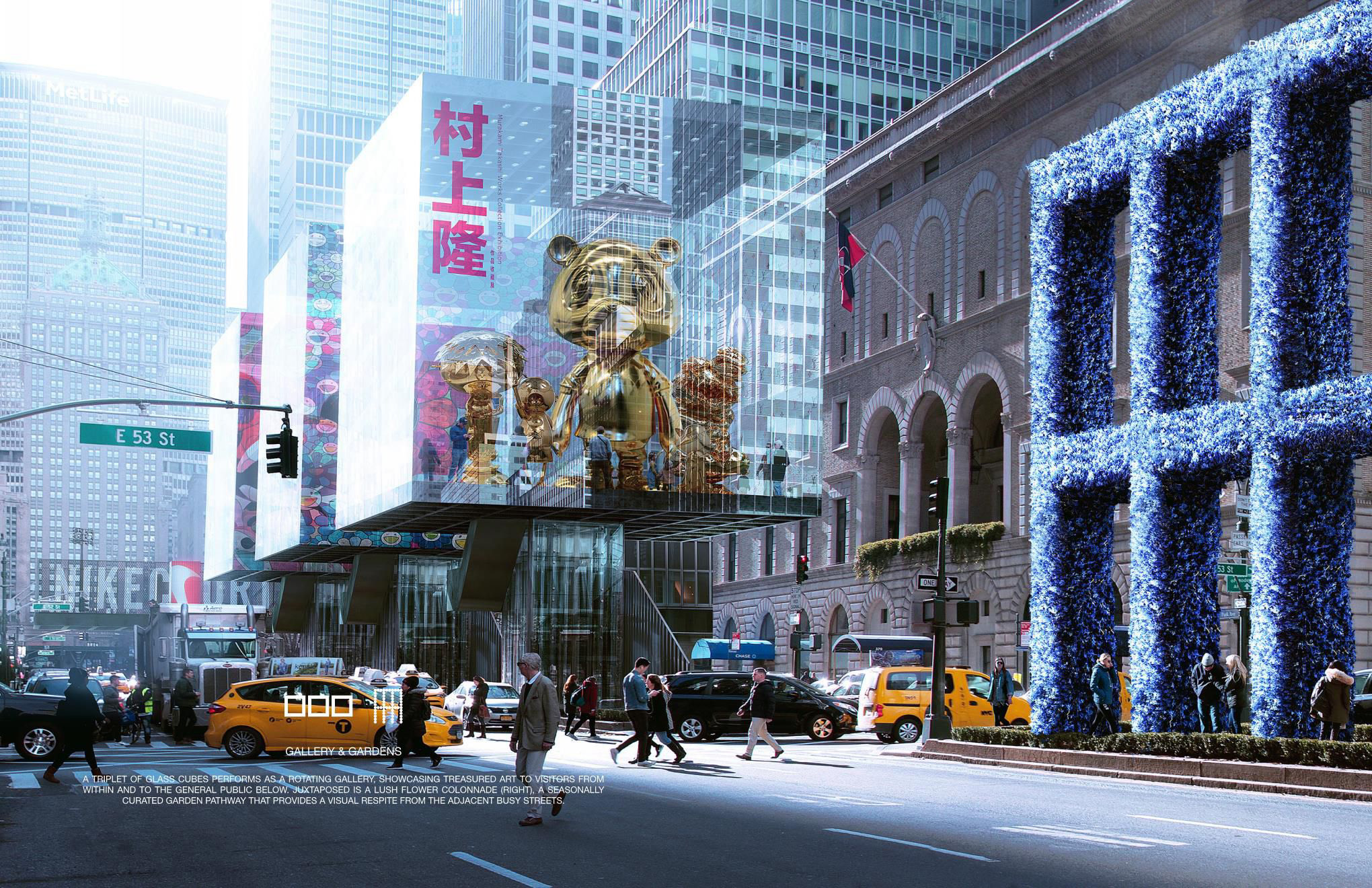
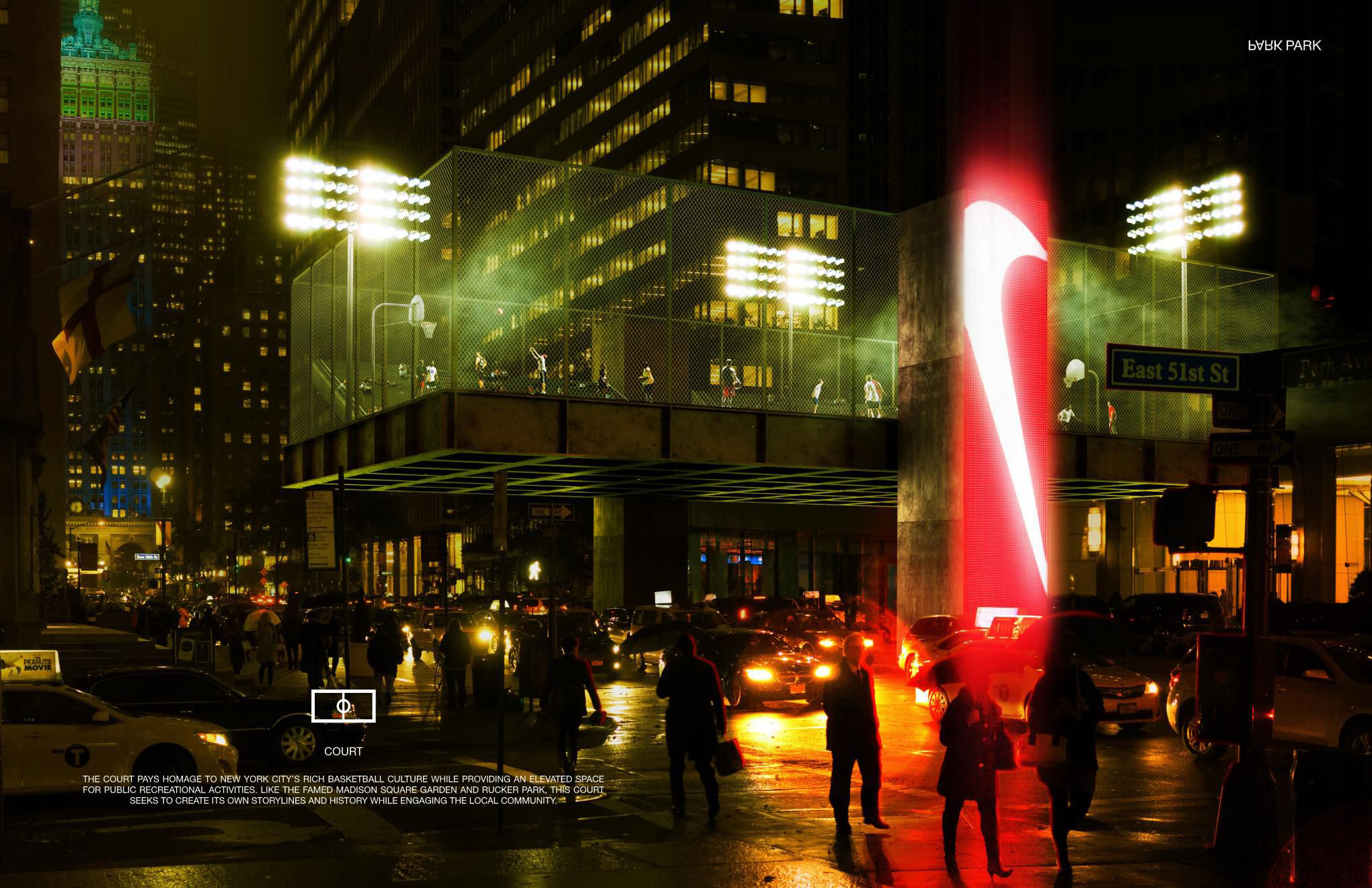
Local Architects' proposal, which received the “Popular Prize”, is for a looping river down the sides of Park Avenue. The park river brings the riverfront to the center of midtown.
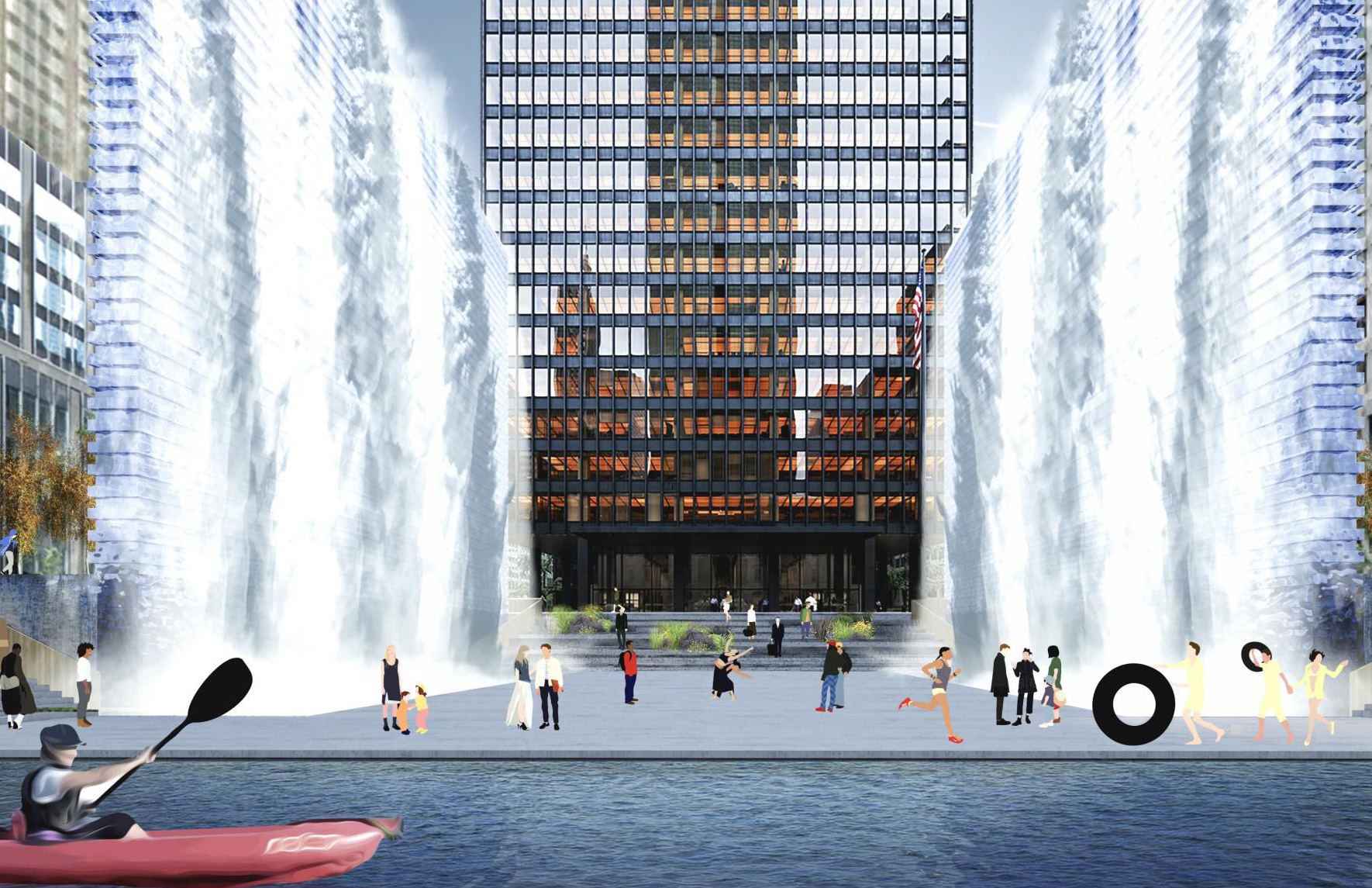
“While there is not a plan in place to install the winning design, we intentionally chose stuff that had variety, that had creativity, but was also about stimulating the public, letting people see a vision.” The competition is similar to the one launched by the Friends of the High Line in 2003, as Winston Fisher told the New York Times. That contest, too, “You can fill in what your vision is, but we really are hopeful that this will be the spark, very much like what they did with the High Line.”
Here you can find some of the finalists' proposals:
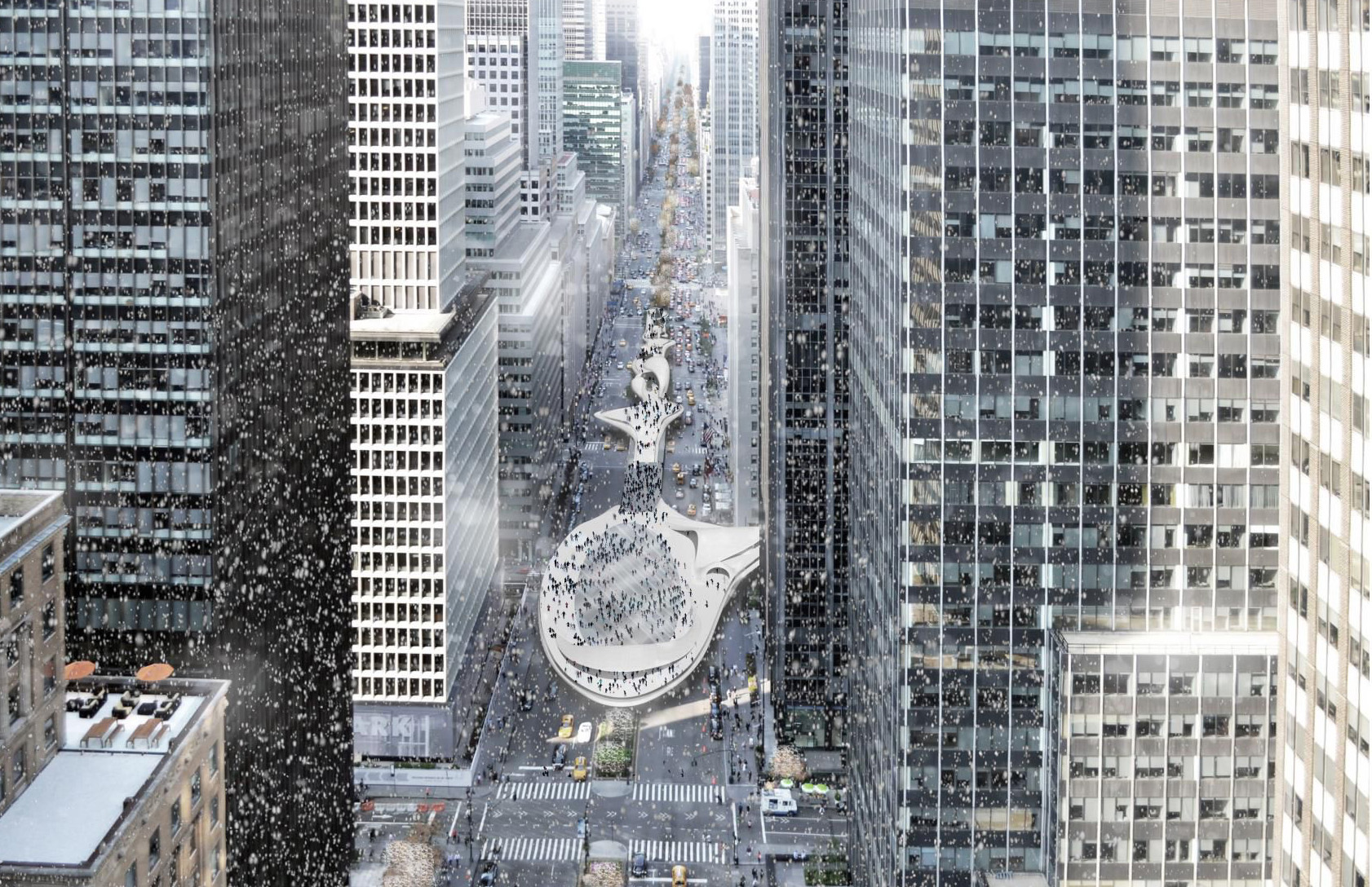
"Elevated Walkways / Carnival Ride" by Daniel Elmore
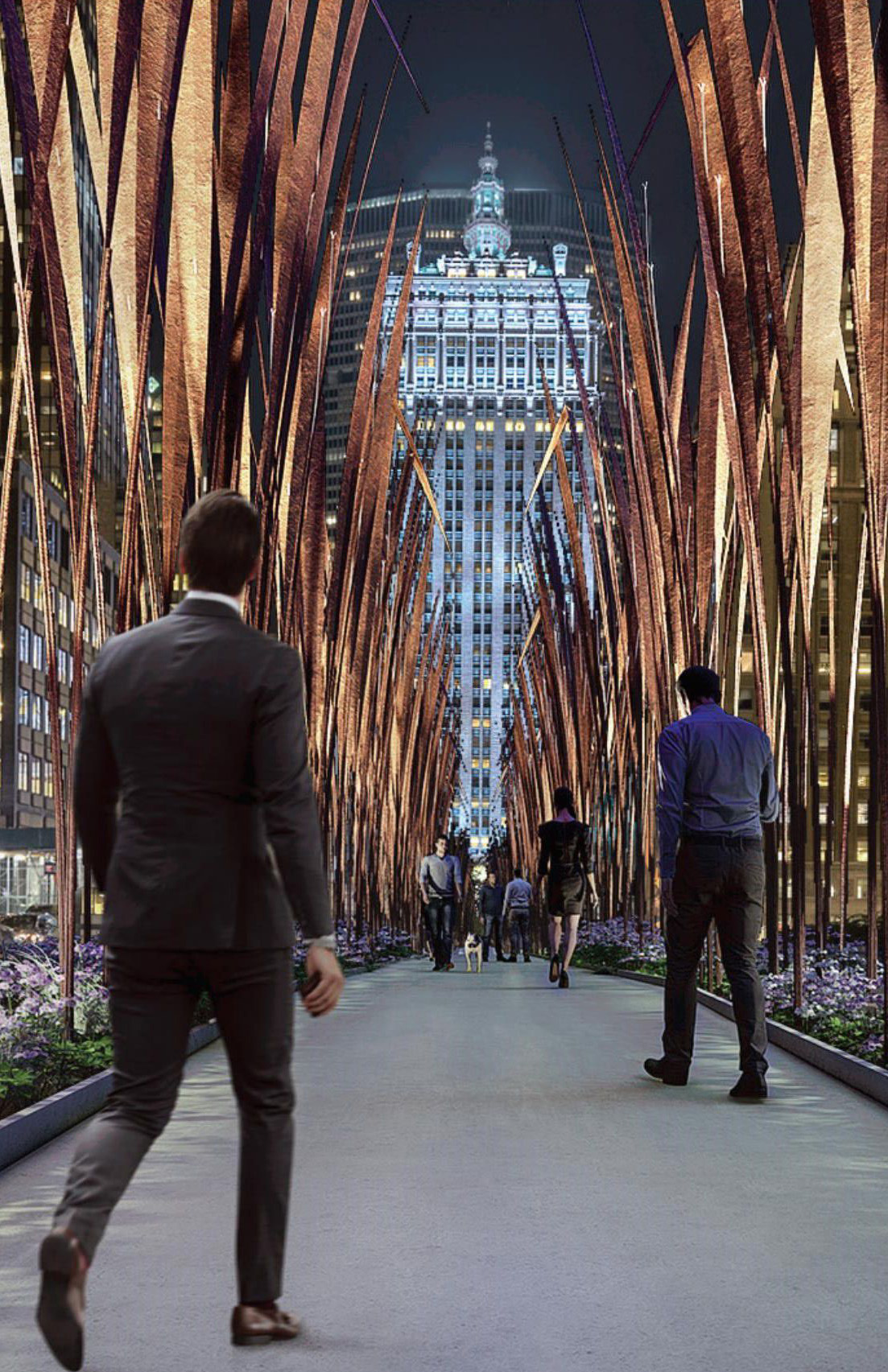
"30ft Stalks" by Wilkinson Architects
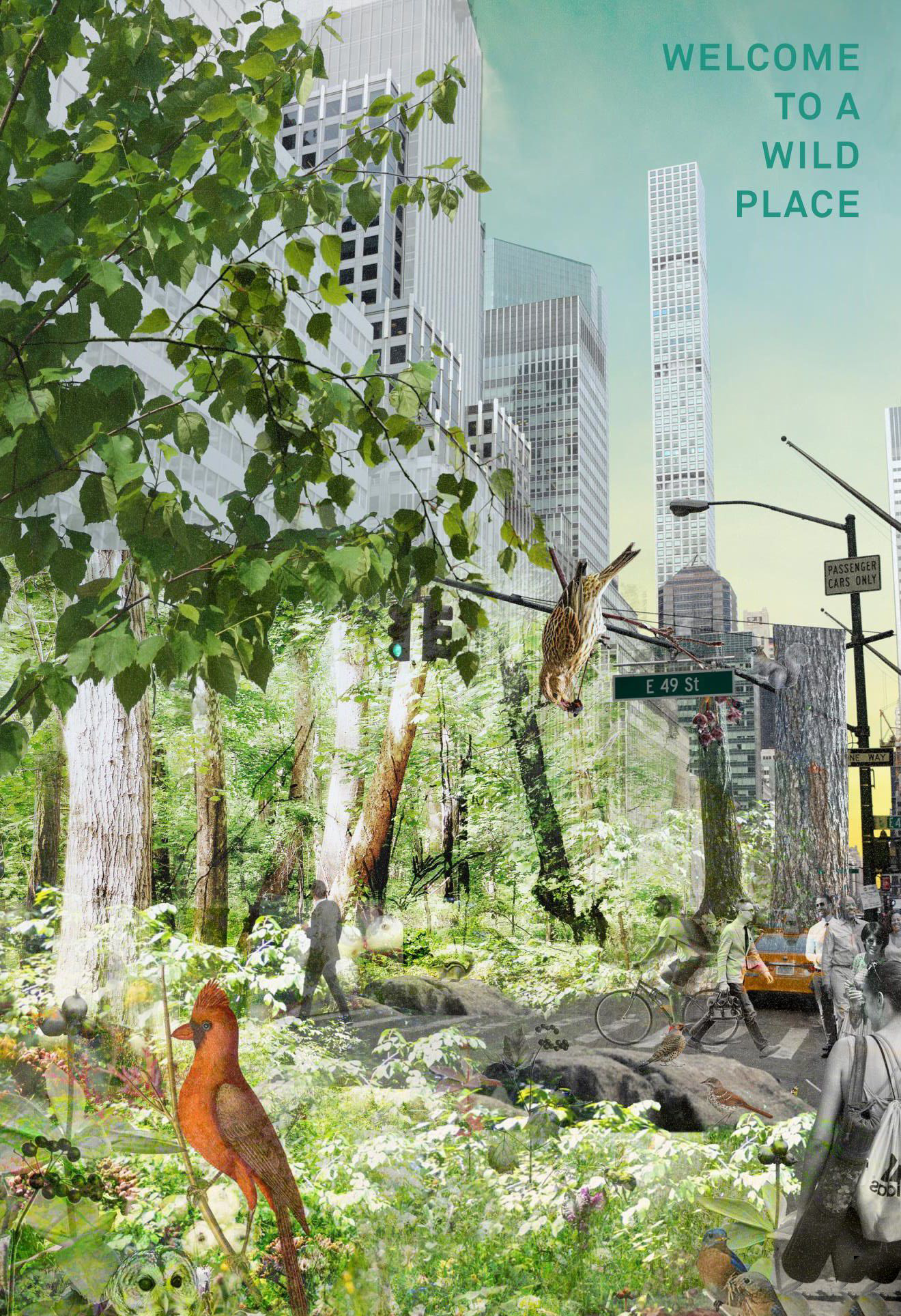
"Forest" by Harrison Green
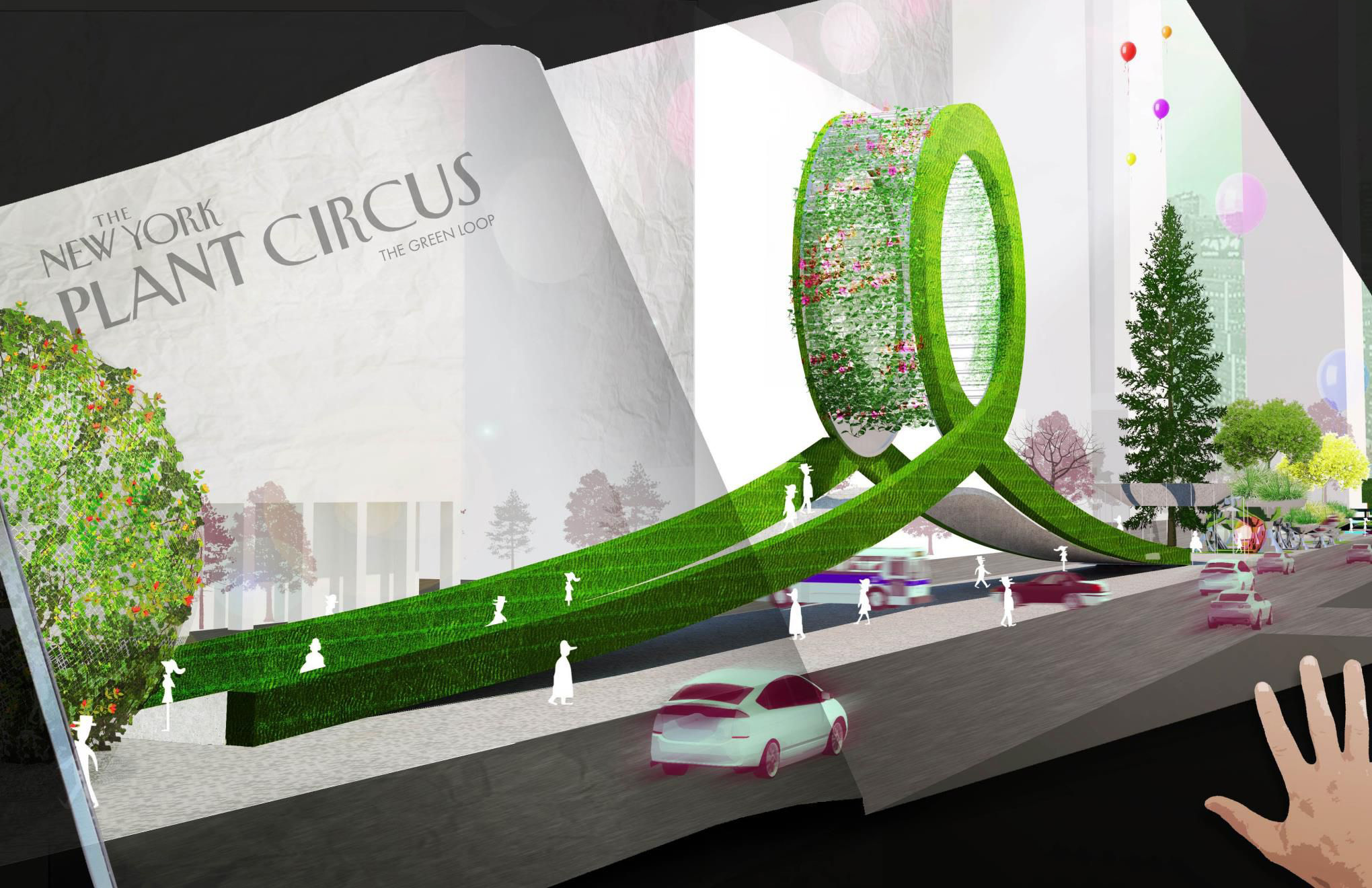
"Botanical Circus" by Terrain Work

"Mini Golf" by Michelle Schrank
To view top 17 finalists' design, please check here.
> via Beyond The Centerline
